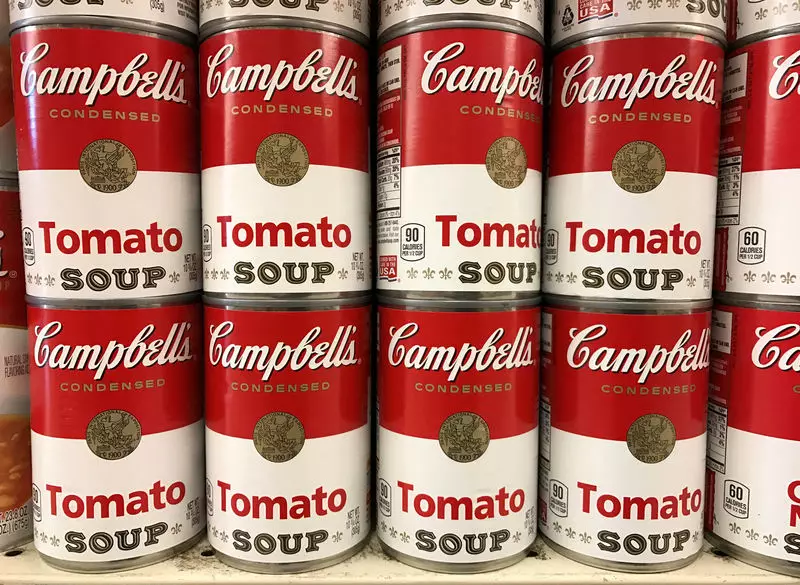Recent shifts in the healthcare landscape have spotlighted the growing popularity of GLP-1 medications, such as Ozempic and Wegovy, primarily known for their weight-loss benefits. A report from Bernstein highlights strong indications that the demand for these drugs might be vastly underestimated. While data from IQVIA suggests only about 1.4% of U.S. adults are currently engaging with these branded medications, Bernstein’s analysis paints a more robust picture. Their surveys reveal that between 12% to 13% of adults may be users of GLP-1 drugs, indicating a substantial potential market that has likely been overlooked.
The implications of this increased demand for GLP-1 drugs are notably concerning for the packaged food industry. With GLP-1 medications influencing dietary preferences, particularly favoring protein-rich foods, packaged food companies might face challenges as consumer appetites shift. Traditional offerings, which often center on high-carb and processed items, may struggle to remain appealing in a diet increasingly premised on protein consumption. The palpable anxiety in the market is palpable as investors reconsider aligning with brands that may fail to adapt to this evolving consumer behavior.
Despite the challenges posed by these changes, Bernstein’s analysts suggest a silver lining: not all companies in the packaged food sector are at risk. They posit that brands like Campbell Soup Company may actually benefit from this trend. Their recent upgrade of Campbell Soup from Market-Perform to Outperform signals a belief in the company’s potential to cater to the evolving tastes of GLP-1 users. The strategic maneuvering to offer more protein-centric products could position Campbell Soup as a leader in addressing the shifts in consumer preferences.
Another layer of complexity to consider is the role of compounding pharmacies. These establishments create tailor-made medications, including versions of GLP-1 treatments. They can step in during shortages and appear to be capturing a segment of GLP-1 users that the big brands may miss. This development not only broadens the market potential for these drugs but also complicates the competitive landscape for traditional drug manufacturers. As more patients turn to compounded options, the market dynamics may further shift, prompting additional reevaluation of broader industry strategies.
The rise in demand for GLP-1 drugs, particularly from an underserved segment of the population, has the potential to disrupt established norms within the packaged food industry. While certain companies may adapt and thrive, others could falter if they fail to pivot with flexibility to meet new consumer needs. As the market evolves, stakeholders must keep their ear to the ground, ready to respond to both threats and opportunities presented by this burgeoning trend in weight management and dietary preferences. The landscape is poised for significant transformation, and the ability of companies to innovate and adapt may very well determine their success in the coming years.

